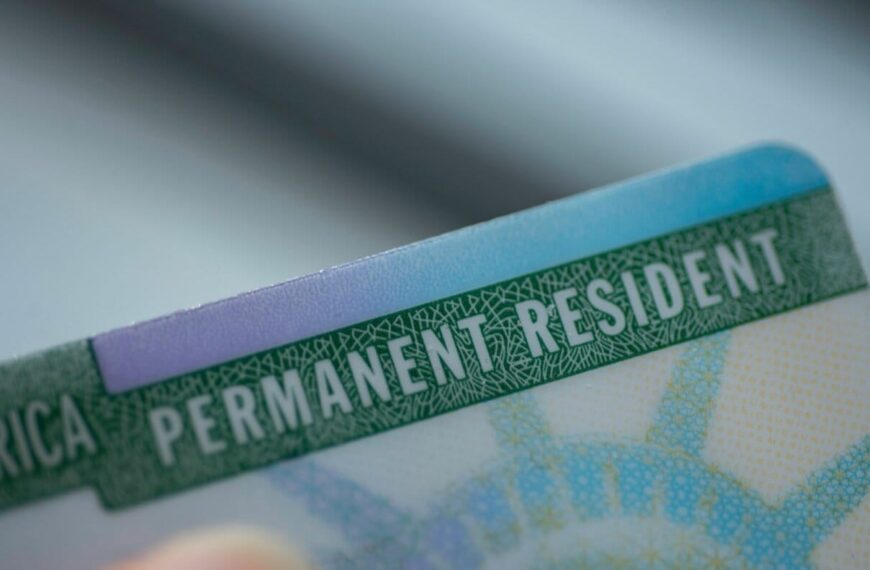TSS Visa to PR: Steps for Transitioning to Permanent Residency
Transitioning from a Temporary Skill Shortage (TSS) visa, also known as a subclass 482 visa, to Permanent Residency (PR) is a significant step for many skilled workers in Australia. The process requires careful planning and understanding of immigration policies, particularly those related to employer sponsorship and eligibility criteria. This article outlines the essential steps needed to successfully navigate this transition.
Understanding the TSS Visa
The TSS visa (subclass 482) allows Australian employers to address labor shortages by sponsoring skilled workers from overseas. This visa is temporary, typically granted for up to four years, depending on the applicant’s occupation and eligibility. While on this visa, many holders aspire to secure permanent residency for a more stable future in Australia.
Eligibility for Permanent Residency
To transition from a TSS visa to PR, you must meet specific eligibility criteria that include:
Steps to Transition from TSS Visa to PR
The pathway to permanent residency from a TSS visa involves several steps. Here’s a comprehensive guide to help you through the process:
1. Assess Your Eligibility
Before initiating the transition, assess your eligibility against the criteria mentioned above. This assessment will help you understand if you are ready to apply for PR.
2. Seek Employer Support
Your employer plays a crucial role in the transition process. Discuss your intentions with them and ensure they are supportive of your application for permanent residency. They may need to provide a nomination for the PR visa.
3. Choose the Appropriate PR Visa
Several permanent residency options are available, including:
Choose the visa that best aligns with your situation.
4. Prepare Your Application
Gather all necessary documents, including:
Ensure your application is complete to avoid delays.
5. Submit Your Application
Once you have prepared all necessary documentation, submit your PR application through the Department of Home Affairs. Keep in mind that processing times can vary based on the visa type and individual circumstances.
6. Await Decision
After submission, the waiting period begins. During this time, ensure you remain compliant with all visa conditions. You may also want to keep your employer updated on the status of your application.
7. Receive Your PR Visa
If your application is successful, you will be granted permanent residency. This status comes with numerous benefits, including access to Australian healthcare and the ability to live and work indefinitely in Australia.
Common Challenges During the Transition
Transitioning from a TSS visa to PR may present challenges, such as:
It’s essential to stay informed about immigration policies and be prepared to address these challenges.
Stay Updated on Immigration News
Being aware of the latest immigration news is crucial. Follow updates on immigration policies, particularly those affecting skilled worker visas and permanent residency pathways. Resources like Portugal immigration news or California immigration news can provide insights into changing policies that may impact your transition.
Conclusion
Transitioning from a TSS visa to permanent residency is a significant step for skilled workers in Australia. By understanding the eligibility criteria, following the necessary steps, and remaining informed about immigration news, you can navigate this process effectively. Remember, the support of your employer and a thorough understanding of the requirements are vital components of a successful application. With diligence and preparation, the path to permanent residency can be achieved smoothly.










